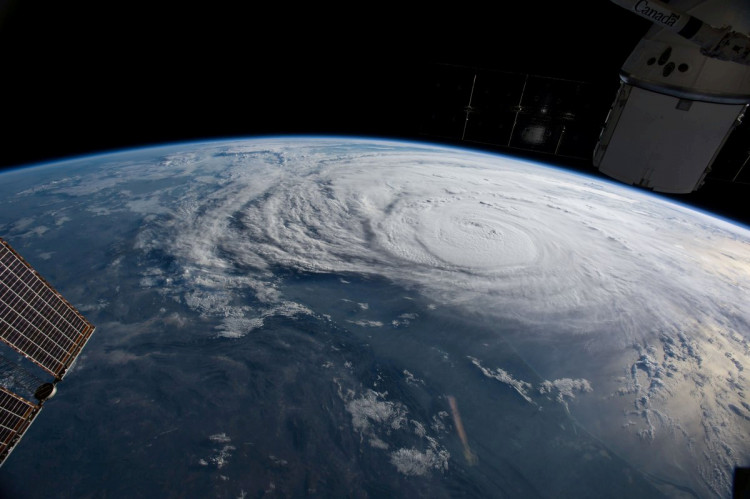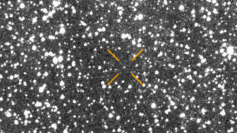The small meteor that became a "fireball," lighting up the skies of Japan over two years ago, turned out to be a tiny piece of a gigantic binary asteroid. Scientists believe that the main asteroid and its orbiting satellite could follow the shard's trajectory and eventually collide with Earth in the future.
In the early hours of April 28, 2017, an inch-wide object was seen flying over Kyoto, Japan. Despite its small size, the meteor was easily spotted because it lit the sky like a fireball.
先ほどの火球と思われる落下物動画 pic.twitter.com/cZjRsjWtOp — ちまり (@Chimari255) November 21, 2017
In a bid to know more about the phenomenon, a team of scientists used an automated system called SonotaCo, which has the ability to track objects that enter the Earth's atmosphere. Data gathered from the system allowed researchers to simulate the trajectory of the meteor.
The scientists successfully tracked the path of the meteor as it traveled across space through the projection, leading them to conclude that the tiny space rock that collided with the home planet was actually a piece of a massive binary asteroid called 2003 YT1.
NASA's Center for Near Earth Object Studies classifies 2003 YT1 as a NEO (near-Earth object) asteroid, which means part of its course is an Earth flyby. According to the space agency's estimates, the enormous space rock has a diameter of over 2 miles. Asteroid 2003 YT1 happens to have a smaller asteroid that orbits around it, approximately 690 feet long.
The team believes that the Kyoto fireball was part of the trail of dust made by 2003 YT1, which got separated as it approached near the home planet. Its implication is rather alarming, as the binary asteroid would naturally follow the same path. This corroborates previous observations that it has a 6% chance of colliding with Earth, although this won't likely happen until the next 10 million years.
Writing about an impact from a similarly sized object in a post on Quora, mathematician and space expert Robert Walker wrote:
"There would be regional earthquakes, hurricanes and tsunami (if it hit the sea). Skies darker than the darkest cloud cover from the dust thrown up into the upper atmosphere, global temperature drops 8 degrees Celsius for a week and moderate global effects for months."
The link between asteroid 2003 YT1 and the Kyoto meteor were presented in a new study, which has been submitted for publication through ArXiv.org.



